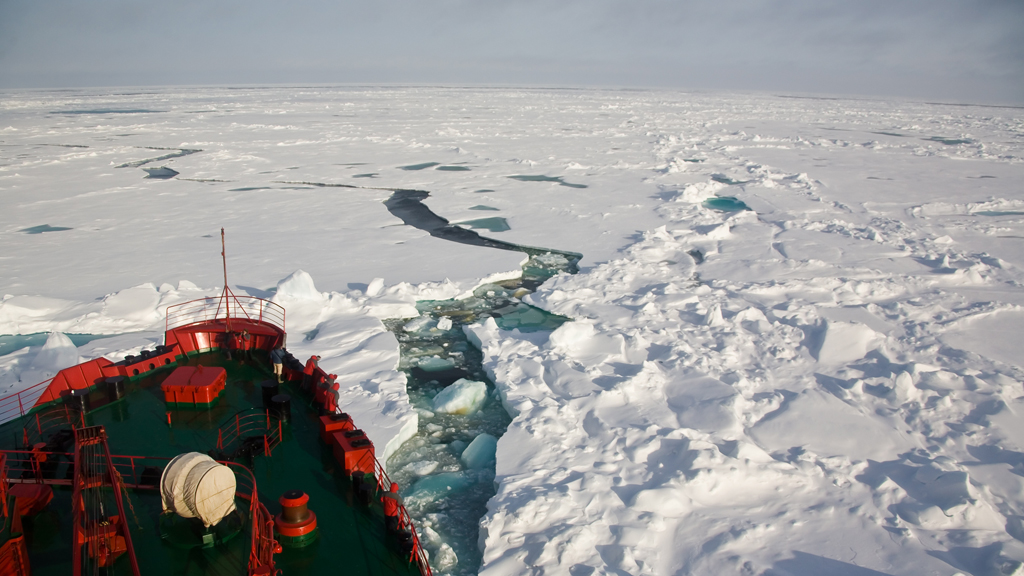Gas tanker completes first ever Arctic winter voyage
A tanker carrying liquefied natural gas becomes the first of its kind to cross the Arctic Ocean from Norway to Japan, in a voyage that could have huge implications for the gas market – and the Arctic.

The maiden voyage was watched eagerly around the world, as a potential breakthrough in the transport of gas in a volatile market. But it is also a sign that conditions in the Arctic are changing drastically.
After leaving Norway last month, the Ob River tanker, chartered by the Russian company Gazprom, today arrived in Japan and is expected to hand over its gas cargo to the energy-starved nation tomorrow.
Ice melting
With its reinforced hull, a crew of 40 and accompanied by several Russian ice-breakers, the vessel has been smashing its way through the melting sea-ice – previously an impenetrable route.
Travelling north of Russia via the Arctic passage, the tanker has shaved three weeks off the normal route which usually goes through the Mediterranean, the Suez Canal and around Asia – a sign that climate change is impacting the way energy is being transported.
Scientific data has shown that the summer months are getting warmer in the Arctic and the sea-ice is now at its lowest level. According to the Barents Observer, a news website run by the Norwegian Barents Secretariat in Kirkenes, the number of ships going through the Arctic Sea has increased from four in 2010 to 46 this year.
Shale gas market
But it is not just melting ice that is a factor: a major factor is the emergence of shale gas in the US.
The uptake of shale in north America has curbed the demand for imported gas, much of which comes from Russia or Norway. Russia, one of the world’s biggest gas producers, is now looking to Asian gas markets. And following the Fukushima nuclear disaster, Japan has been scrambling for alternative power sources, especially gas.
When it was first developed at the Norwegian LNG plant at Hammerfest, where the tanker left from, the owners had exports to the US in mind. But the use of shale in America has turned the market upside down.
Environmental concerns
The Arctic is one of the most pristine ecosystems. It attracts some of the world’s largest seabird populations which congregate there and is home to iconic marine wildlife like polar bears, white beluga whales and ringed seals.
There are concerns increased exploration in this area would severely impact on marine life. And in the case of an accident or leak, the clean-up operation would pose difficulties geographically as well as financially.
Analysts say it is doubtful that sea traffic across the northern sea route will rapidly increase despite climate change. The route is only useable a few months of each year and the high cost of insurance for tankers and the use of sea-ice breakers means for the moment, it is not economically viable.
